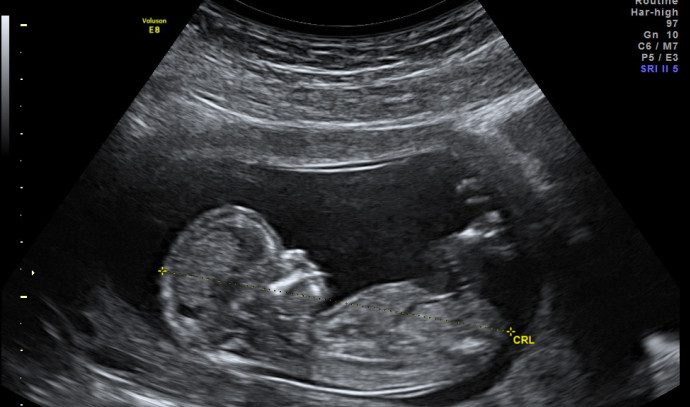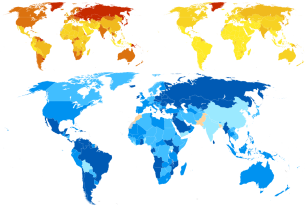Phthalates – a type of endocrine-disrupting chemicals (EDCs) – are everywhere. They are commonly found in hundreds of products we encounter in our homes and elsewhere every day, including personal care products like soaps, shampoos, hair sprays; vinyl flooring; lubricating oils; polyvinyl chloride plastics used to plastic packaging, medical tubing, and garden hoses.
These chemicals have been subjects of growing concern due to their potentially harmful effects on human health. A new study by researchers from the Braun School of Public Health and Community Medicine of the Hebrew University of Jerusalem (HU)-Hadassah and HU’s psychology department has shed light on the potential consequences of prenatal exposure to phthalates on the emotional and behavioral development of young children.
The study was published in the Science Direct journal, NeuroToxicology, and entitled “Prenatal Exposure to Phthalates and Emotional/Behavioral Development in Young Children.”
How does exposure to phthalates impact children?
It looked into the links between fetal exposure in the womb to phthalates and developmental outcomes in toddlers aged 24 months and found that high levels of maternal DEHP (Di-2-ethylhexyl Phthalate) metabolites – measured during the first trimester of pregnancy – were linked to emotional and behavioral developmental issues in two-year-old boys. The research adds to growing concerns about DEHP as a potentially harmful chemical, highlighting the need for increased environmental awareness.
Liron Cohen-Eliraz, who conducted the study as part of her postdoctoral dissertation under the supervision of Dr. Tammy Piowsky-Peleg and Prof. Ronit Calderon-Margalit, said the results underscore the importance of understanding the implications of exposure to these chemicals during pregnancy.
The primary aim of the research was to uncover potential associations between phthalate metabolite levels and emotional/behavioral development in toddlers. The study involved recruiting women in their 11th to 18th week of pregnancy, analyzing their spot urine samples for phthalate metabolites such as DEHP, DiNP, and MBzBP. The developmental and behavioral progress of the offspring was assessed at age two years using well-established questionnaires filled in by 158 women.
The results of the study revealed noteworthy gender-specific associations. Specifically, the study found that maternal exposure to DEHP during the first trimester was correlated with emotional/behavioral developmental outcomes in toddlers. Boys exposed to higher levels of DEHP showed lower developmental scores in personal social abilities and higher rates of internalizing problems, including emotionally reactive scores, anxious or depressed scores, and somatic complaints scores, as well as externalizing problems.
Interestingly, no such differences were observed in the development and behavior of girls exposed to varying levels of DEHP during pregnancy, the researchers stressed.
These findings underscore the potential impact of maternal exposure to phthalates on children’s emotional and behavioral development, particularly among boys. “Our study adds to the growing body of evidence highlighting the need for greater environmental awareness and action to minimize exposure to harmful chemicals during pregnancy. Continued research in this field is crucial to further understand the long-term implications of endocrine disrupting chemicals on human health and development.”



